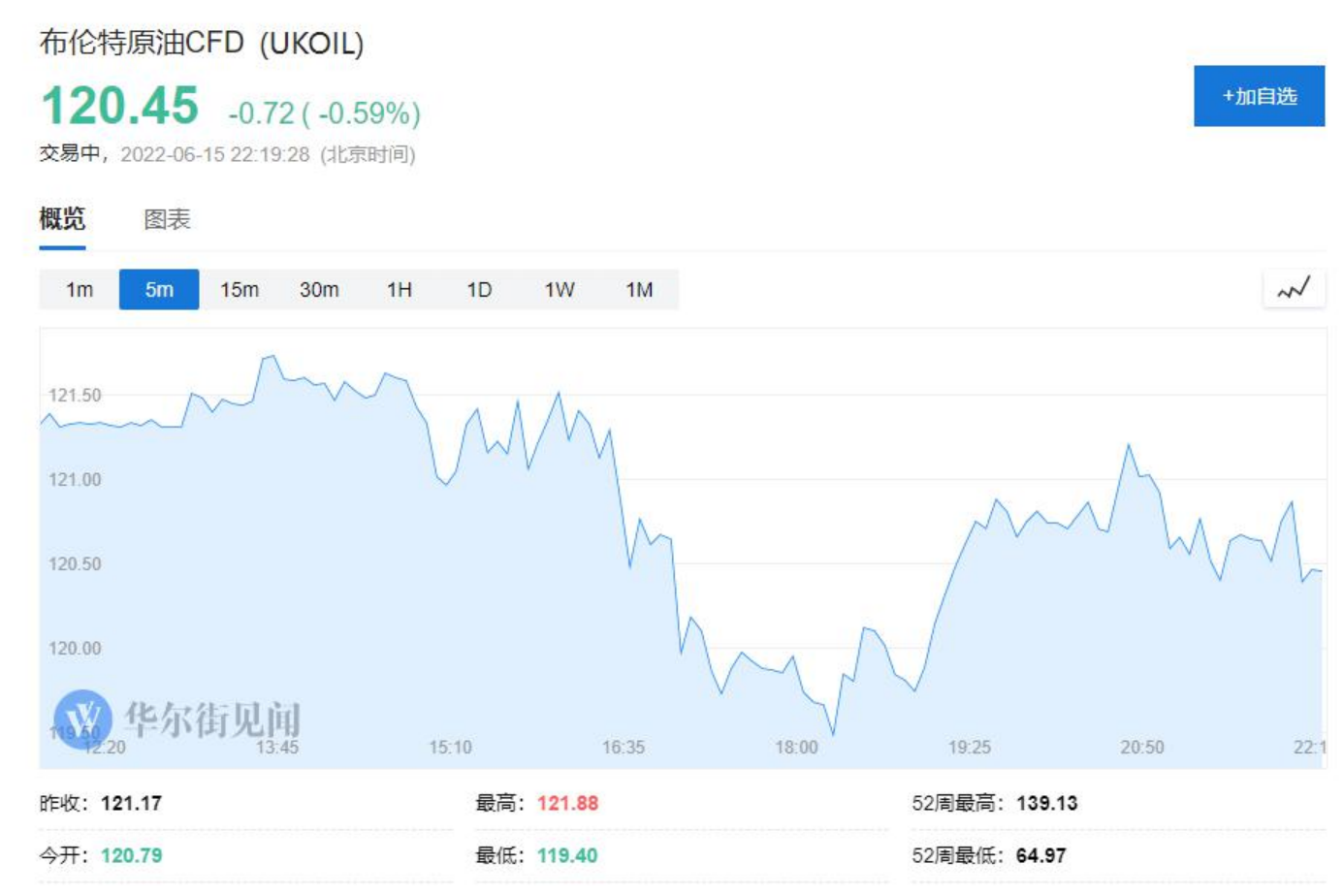A resurgent China will drive global oil demand growth next year and reach a new high in 2023, the IEA said in its monthly report on June 15. By then, global oil supplies would be "struggling" to keep up with rising demand.
On the demand side, the IEA expects global oil demand growth to increase to 2.2 million b/d in 2023 from 1.8 million b/d in 2022, reaching an average of 101.6 million b/d. The IEA believes a resurgent China will drive global oil demand growth next year, although higher prices and a weak economic outlook continue to dampen its forecast for oil demand growth. In stark contrast to OECD-led growth in 2022, non-OECD economies will account for nearly 80 per cent of new demand next year." It believes higher demand for aviation fuel and petrochemical feedstocks LPG and gasoline will dominate growth in 2023, largely due to "a strong recovery in Asian demand following the severe disruption of THE COVID-19 pandemic in 2022".
On the supply side, the IEA said supply could struggle to keep pace with demand next year as Europe and the US impose tougher sanctions on Russia and OPEC+ other members have a shrinking cushion of spare capacity. It expects non-OPEC + producers to lead supply growth. To put this in perspective, non-OPEC + producers will add 1.9 million b/d of supply in 2022 and a further 1.8 million b/d in 2023, with the U.S. accounting for 60 percent of next year's non-OPEC + production increase.
By contrast, supply from OPEC+ producers is likely to decline in 2023 as sanctions reduce Russian production and OPEC+ production declines outside the Middle East. The IEA expects Russian production to fall by nearly 3 million b/d this year as more sanctions are imposed, resulting in a 520,000 b/d drop in TOTAL OPEC+ production in 2023. As a result, the IEA said global oil supplies would "struggle to keep up" with rising demand: "Global oil supplies are likely to struggle to keep up next year as tighter sanctions force Russia to shut more Wells and some producers face capacity constraints."
On the Russian side, the IEA acknowledged that Russian oil production was higher than expected. It estimated that while overall exports fell, the overall decline was mainly due to lower exports of refined oil products. In contrast, crude oil exports are up nearly 500,000 b/d from the start of the year. As a result, total revenue from Russian oil products soared to $20bn in May, roughly where it was before the conflict.
Wall Street news mentioned that under the influence of Russia's oil trade "eastward", Russia's crude oil export trade route has been fully adjusted. Russia succeeded in overtaking Saudi Arabia as India's second largest oil supplier in May.
The IEA said it expected Russian oil production to remain stable this month before starting to decline gradually as the EU embargo was phased in.
After the IEA report was released, Callum Macpherson, head of commodities at Investec, said the IEA's supply and demand forecasts suggested oil prices were likely to rise further next year.
Since the beginning of this year, oil prices have remained high due to a lack of investment, a rebound in demand after the impact of the epidemic subsided, and supply problems exacerbated by the russia-Ukraine conflict. Brent was trading at $120.45 and WTI at $117.96 as of press time.


24-hour hotline+86 0411-84943057
Copyright © 2002-2022 SKY GloryEnergy All rights reserved ADD:150 BEACH ROAD #28-05/06 GATEWAY WEST Singapore 189720 ICP:ICP NO.23474556号 Sitemap